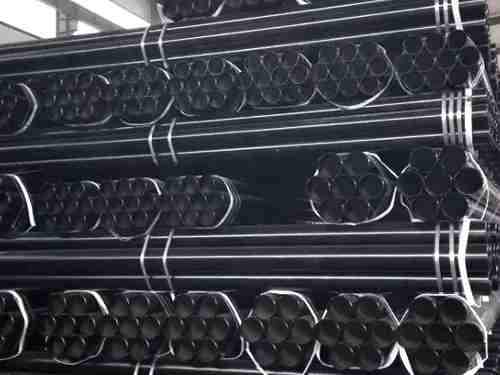The 304 stainless steel plate is one of the most widely used stainless steels known for its excellent corrosion resistance and heat resistance. Due to its outstanding ability to withstand corrosive environments, 304 stainless steel plate is widely applied in various industrial, commercial, and marine settings. Its superior performance makes it the most common stainless steel material used globally.
Characteristics and Advantages of 304 Stainless Steel Plate
- Excellent Corrosion Resistance:
The 304 stainless steel plate provides strong resistance against most acids, alkalis, and salt solutions, making it ideal for applications in chemical processing, food production, and marine engineering, where corrosion resistance is critical.
- High-Temperature Tolerance:
This stainless steel grade offers good heat resistance, allowing it to maintain stable performance in high-temperature environments. It is commonly used in heat exchangers, boilers, and other high-temperature systems.
- Superior Mechanical Properties:
The 304 stainless steel plate is known for its high mechanical strength and toughness, making it easy to form and fabricate into various shapes.
- Excellent Weldability:
The 304 stainless steel plate can be welded using most conventional welding techniques, offering strong weld joints and maintaining its corrosion resistance even after welding, making it highly suitable for pressure vessels and structural applications.
Standards for 304 and 304L Stainless Steel Plates
304 and 304L stainless steel plates are typically manufactured in accordance with several international standards that ensure quality, performance, and consistency. Key specifications include:
- ASTM A240:
Covers chromium-nickel stainless steel plate, sheet, and strip for pressure vessels and general applications requiring high temperature and corrosion resistance.
- ASME SA-240:
Similar to ASTM A240, widely used in the design and fabrication of boilers and pressure vessels.
- ASTM A666:
Specifies mechanical property requirements for annealed or cold-worked austenitic stainless steel sheet, strip, and plate.
Difference Between 304 and 304L Stainless Steel
304L is the low-carbon variant of 304 stainless steel, specifically designed for applications requiring superior weldability. The lower carbon content in 304L minimizes the risk of carbide precipitation during welding, which can lead to intergranular corrosion. This makes 304L an ideal choice for applications where post-weld annealing is not feasible.
Common Applications
Due to its excellent corrosion resistance, good formability, and wide range of fabrication options, the 304 stainless steel plate is extensively used across various industries:
- Food and Beverage Processing:
Its resistance to corrosion and ease of cleaning make 304 stainless steel a popular material for manufacturing equipment such as storage tanks, pipelines, and countertops.
- Chemical Processing Equipment:
The 304 stainless steel plate’s ability to resist chemical corrosion makes it suitable for use in chemical tanks, reactors, and piping systems.
- Marine Engineering:
In environments exposed to saltwater, such as shipbuilding and dock facilities, the corrosion resistance of 304 stainless steel plate makes it an ideal choice.
- Architectural and Decorative Uses:
With its attractive surface finish, 304 stainless steel is frequently used in building facades, interior decor, and elevator panels.
By meeting these stringent standards and offering superior material properties, 304 stainless steel plate has established itself as a reliable and versatile material across a range of industries and applications.

 English
English Español
Español











